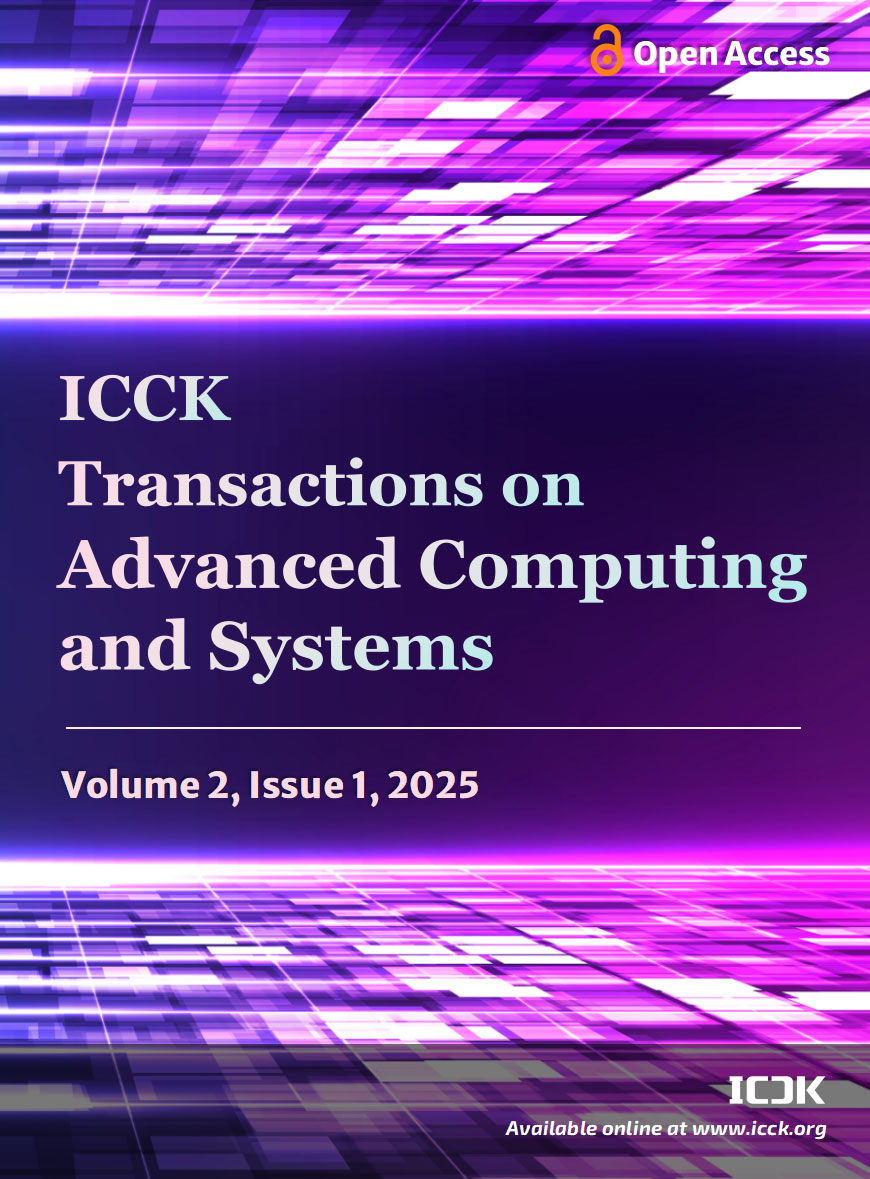Abstract
Brain tumors pose a serious threat to global health, making accurate and early detection essential for effective treatment planning. While Magnetic Resonance Imaging (MRI) is widely used for diagnosis, manual interpretation is time-consuming and subject to error. This has prompted increasing use of deep learning for automated tumor classification. We propose a novel framework based on the Swin Transformer V2 architecture for classifying brain tumors in MRI scans into glioma, meningioma, pituitary tumor, and non-tumor categories. The design introduces two core innovations: a Dual-Branch Down-sampling module and an Enhanced Attention Mechanism, which improve multi-scale feature representation and computational efficiency. Using a dataset of 7,023 grayscale MRI images, the proposed model achieved an accuracy of 98.97%, outperforming ResNet50 (90.39%) and DenseNet121 (93.20%). It maintained precision, recall, and F1-scores above 98% across all classes and showed improved training efficiency. These results demonstrate the model’s potential as a robust and efficient diagnostic support system for brain tumor classification.
Keywords
brain tumor classification
deep learning
MRI scans
computational efficiency
medical image analysis
Data Availability Statement
Data will be made available on request.
Funding
This work was supported without any funding.
Conflicts of Interest
The authors declare no conflicts of interest.
Ethical Approval and Consent to Participate
Not applicable.
Cite This Article
APA Style
Alam, N., Zhu, Y., Shao, J., Usman, M., & Fayaz, M. (2025). A Novel Deep Learning Framework for Brain Tumor Classification Using Improved Swin Transformer V2. ICCK Transactions on Advanced Computing and Systems, 2(1), 1–10. https://doi.org/10.62762/TACS.2025.807755
Publisher's Note
ICCK stays neutral with regard to jurisdictional claims in published maps and institutional affiliations.
Rights and permissions

Copyright © 2025 by the Author(s). Published by Institute of Central Computation and Knowledge. This article is an open access article distributed under the terms and conditions of the Creative Commons Attribution (CC BY) license (
https://creativecommons.org/licenses/by/4.0/), which permits use, sharing, adaptation, distribution and reproduction in any medium or format, as long as you give appropriate credit to the original author(s) and the source, provide a link to the Creative Commons licence, and indicate if changes were made.


 Submit Manuscript
Edit a Special Issue
Submit Manuscript
Edit a Special Issue

 Copyright © 2025 by the Author(s). Published by Institute of Central Computation and Knowledge. This article is an open access article distributed under the terms and conditions of the Creative Commons Attribution (CC BY) license (https://creativecommons.org/licenses/by/4.0/), which permits use, sharing, adaptation, distribution and reproduction in any medium or format, as long as you give appropriate credit to the original author(s) and the source, provide a link to the Creative Commons licence, and indicate if changes were made.
Copyright © 2025 by the Author(s). Published by Institute of Central Computation and Knowledge. This article is an open access article distributed under the terms and conditions of the Creative Commons Attribution (CC BY) license (https://creativecommons.org/licenses/by/4.0/), which permits use, sharing, adaptation, distribution and reproduction in any medium or format, as long as you give appropriate credit to the original author(s) and the source, provide a link to the Creative Commons licence, and indicate if changes were made. 
